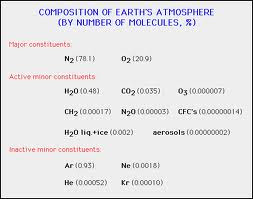Water's refraction properties can bend sunlight, concentrate it and deliver the concentrated sunlight to areas where sunlight cannot naturally reach.
Refraction
 |
| Source - chemicalparadigms.wikispaces.com |
The refraction - change in direction - occurs at the point where one material meets another.
Refraction occurs when the light hits the surface of a new medium at an angle other than at 90 degrees i.e. the light does not hit the surface of the medium perpendicularly.
By putting different mediums in the path of a light ray, the ray can be bent to arrive at a location that the original ray cannot reach.
Lighting up a room in Brazil
 |
| Source - doorknob.com |
 |
| Source - doorknob.com |
This is a sealed bottle half full of water and installed so that the water surface in the bottle is in line with the roof's outside surface.
 |
| Source - doorknob.com |
To keep the water clean, a few spoonfuls of chlorine is added to the water. This water-chlorine mixture can provide light for a number of years.
.png)


